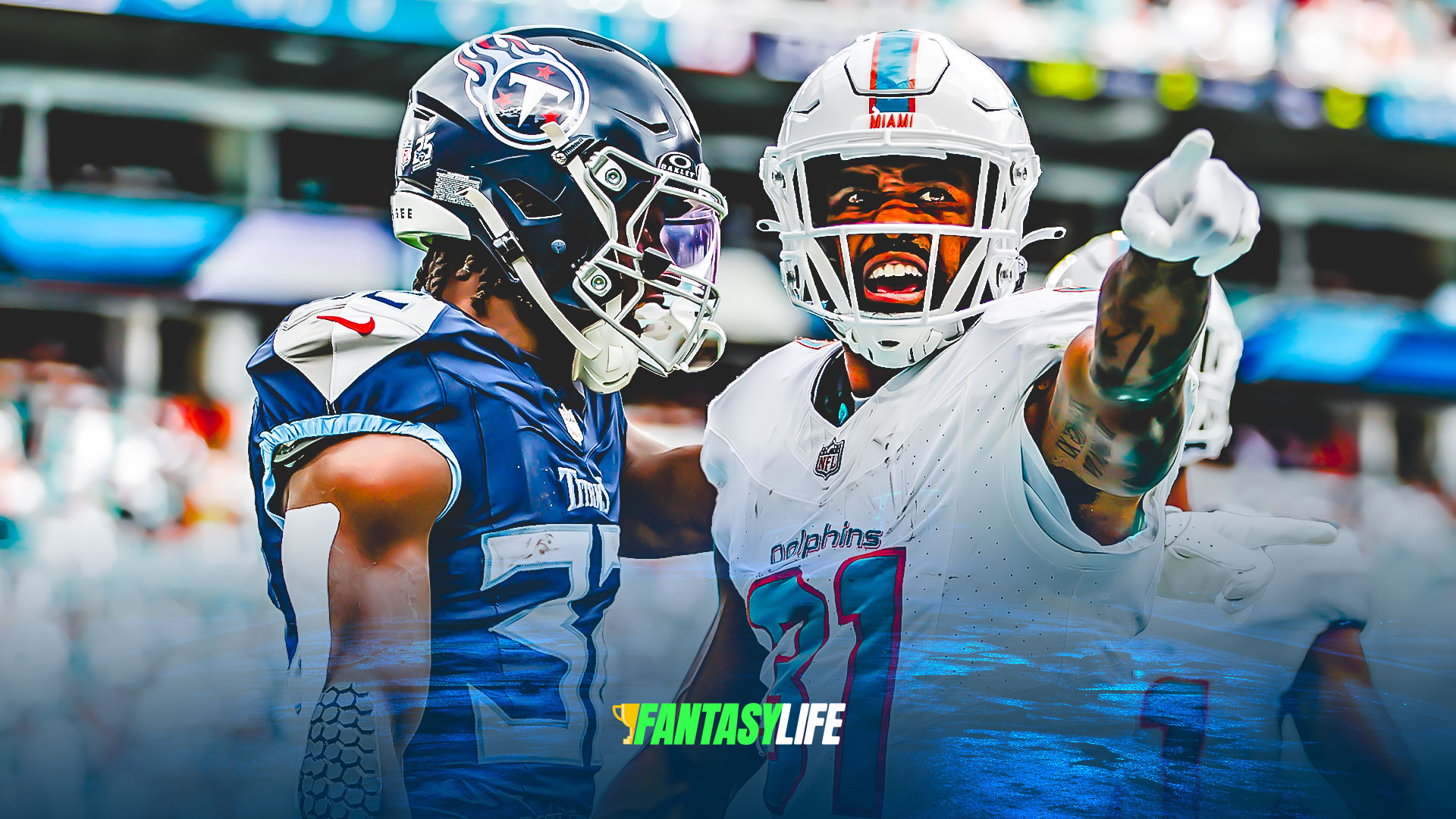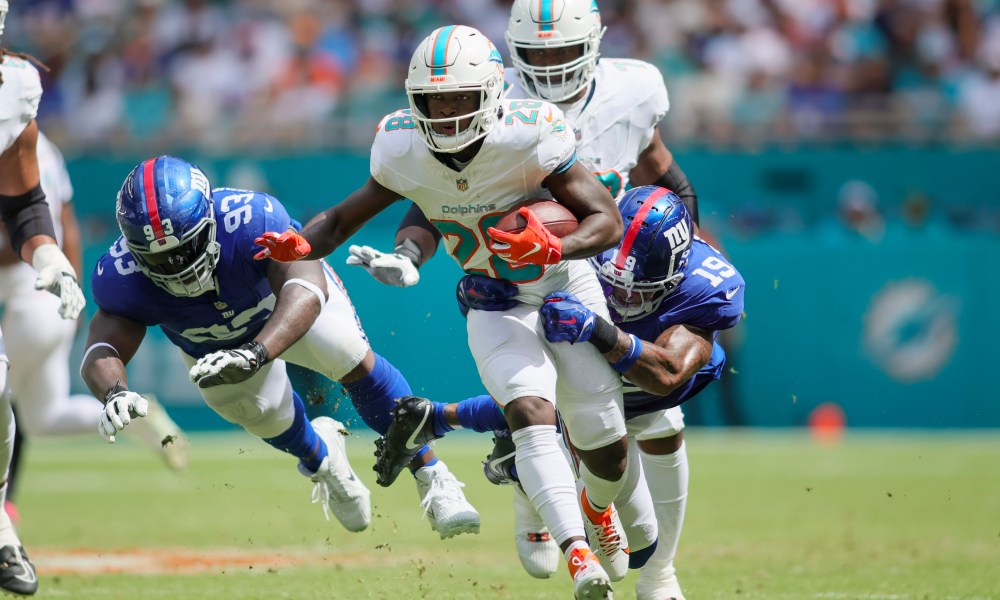Okay, so I’ve been messing around with this fantasy football thing for a while now, and this year I decided to really get into the whole “handcuff” strategy. The idea is pretty simple: you draft a backup running back (the “handcuff”) for your star player, just in case your main guy gets hurt. Sounds good in theory, right? Well, let me tell you, it’s been a bit of a rollercoaster.

First off, I spent hours, and I mean hours, scouring the internet, reading articles, and watching videos about the best handcuffs for 2024. Names like Tyler Allgeier and Blake Corum kept popping up, so I made a list. I felt like a real pro, you know, doing all this research. I even joined a few fantasy football forums to see what other people were saying. It was a whole new world for me, diving this deep into the strategy.
Then came the draft. I had my eye on Derrick Henry as my main running back, and I knew Justice Hill was his backup. But here’s where it got tricky. I also liked some other players, and I had to decide if I was going to use an earlier pick to grab a top-tier handcuff or wait and hope I could snag one later. There’s also the risk that some other player on a different team who I liked could get injured, leaving me with a useless player. It was a gamble either way. I made sure to grab Hill, but I skipped some other handcuffs, like that Akers guy, ’cause I figured there’s no way the starter for his team is going down. Fingers crossed, I guess.
I ended up grabbing a few handcuffs for my other star players, too. It felt weird, almost like I was wasting picks on guys who might not even play. But I kept thinking, “What if my star goes down?” The thought of being stuck with no replacement was terrifying. I can tell you, I was second-guessing every other pick after that, wondering if I should have gone with another handcuff instead.
The season started, and for the first few weeks, everything was fine. My main guys were healthy, and my handcuffs were just chilling on the bench. I started to wonder if I had made a mistake. Maybe I should have drafted players who could actually contribute, instead of these “just in case” guys. There were a couple of close calls, where it looked like one of my starters might be out, but they ended up playing. I was relieved, but also kind of annoyed that my handcuffs were still collecting dust.
Then, it happened. One of my star running backs got injured. It wasn’t even a major injury, but he was out for a game or two. Finally, my handcuff strategy was put to the test! I plugged in my backup, and guess what? He did… okay. He didn’t exactly light up the scoreboard, but he got me some points. It wasn’t a total disaster, which I guess is a win in this case. Still, those points he got me were way less than my usual starter. It was a little disappointing, to be honest. I was hoping for a seamless transition, you know, like the handcuff would just step in and be just as good. That definitely didn’t happen.
Here’s what I’ve learned so far:

- Handcuffing is a gamble. You’re basically betting that your star player will get hurt, which is kind of a weird thing to root for.
- It takes up valuable roster spots. Those spots could be used for players who might actually play and score points regularly.
- Even when your handcuff does play, they might not be amazing. There’s a reason they’re the backup, after all.
My conclusion?
I’m still not sure if handcuffing is the best strategy. It’s definitely a safety net, but it’s not a guarantee of success. Maybe next year I’ll try something different. Or maybe I’ll just double down on the handcuffs and hope for the best. Who knows? That’s the fun of fantasy football, right? You never really know what’s going to happen.




















